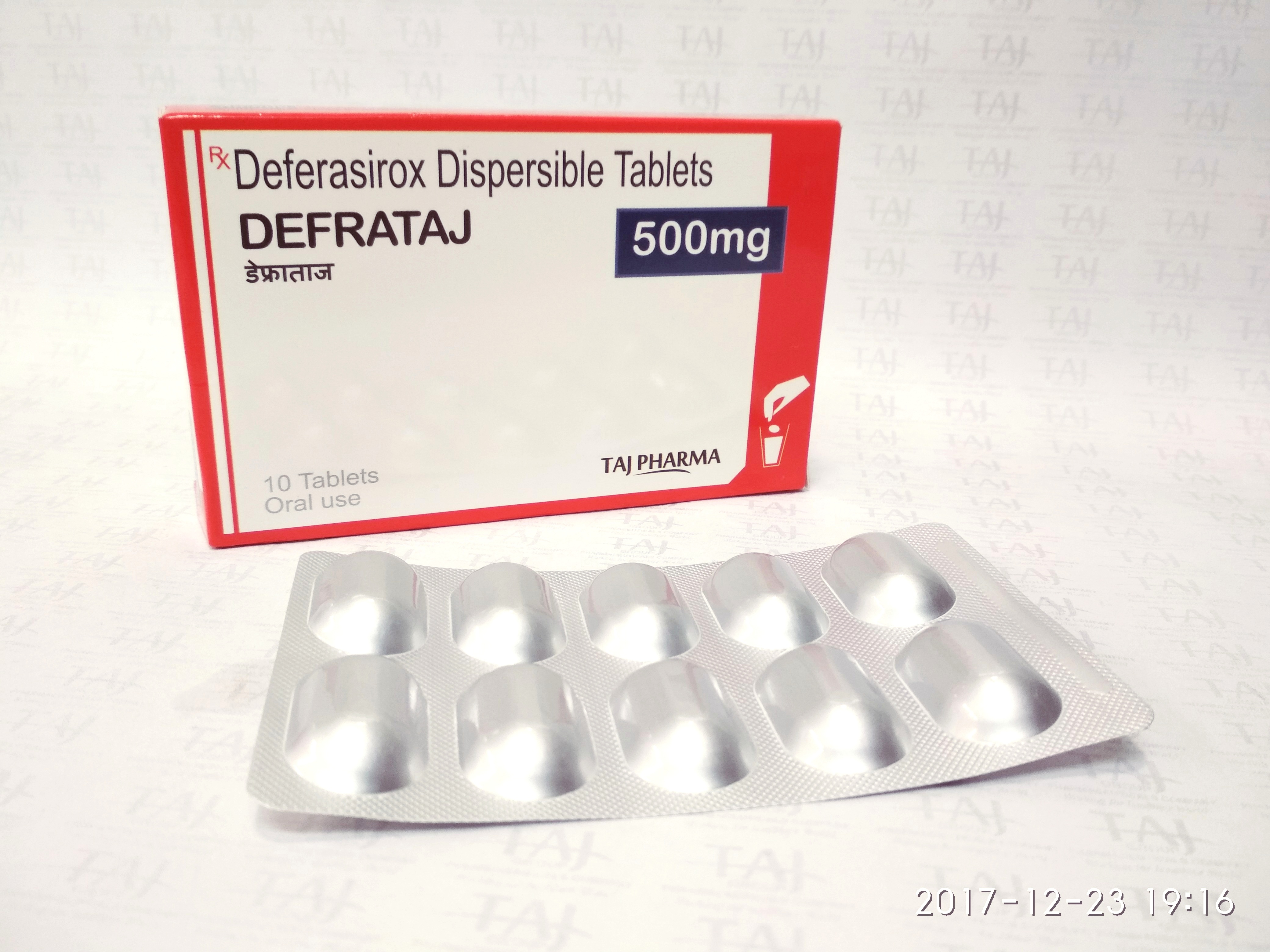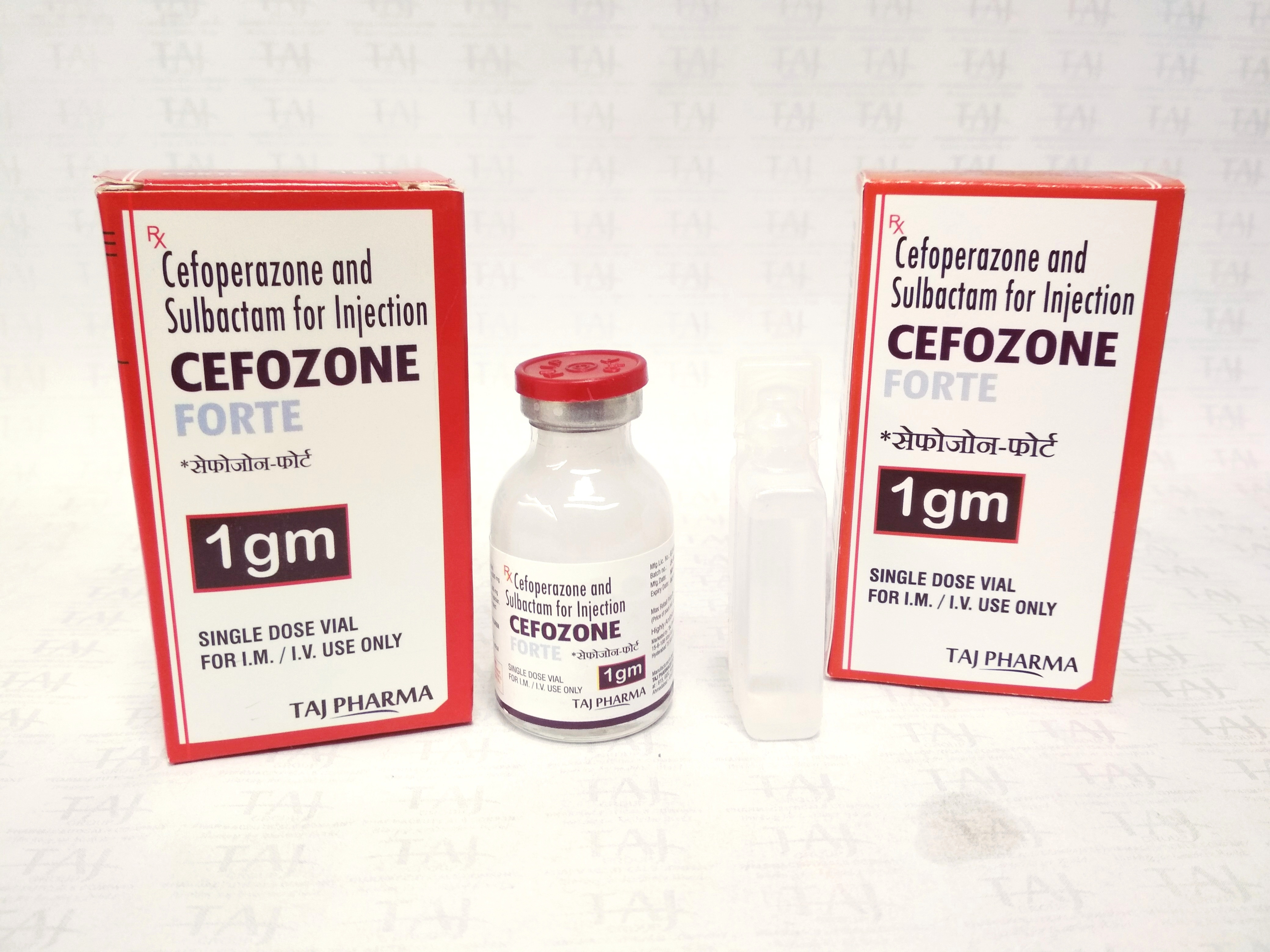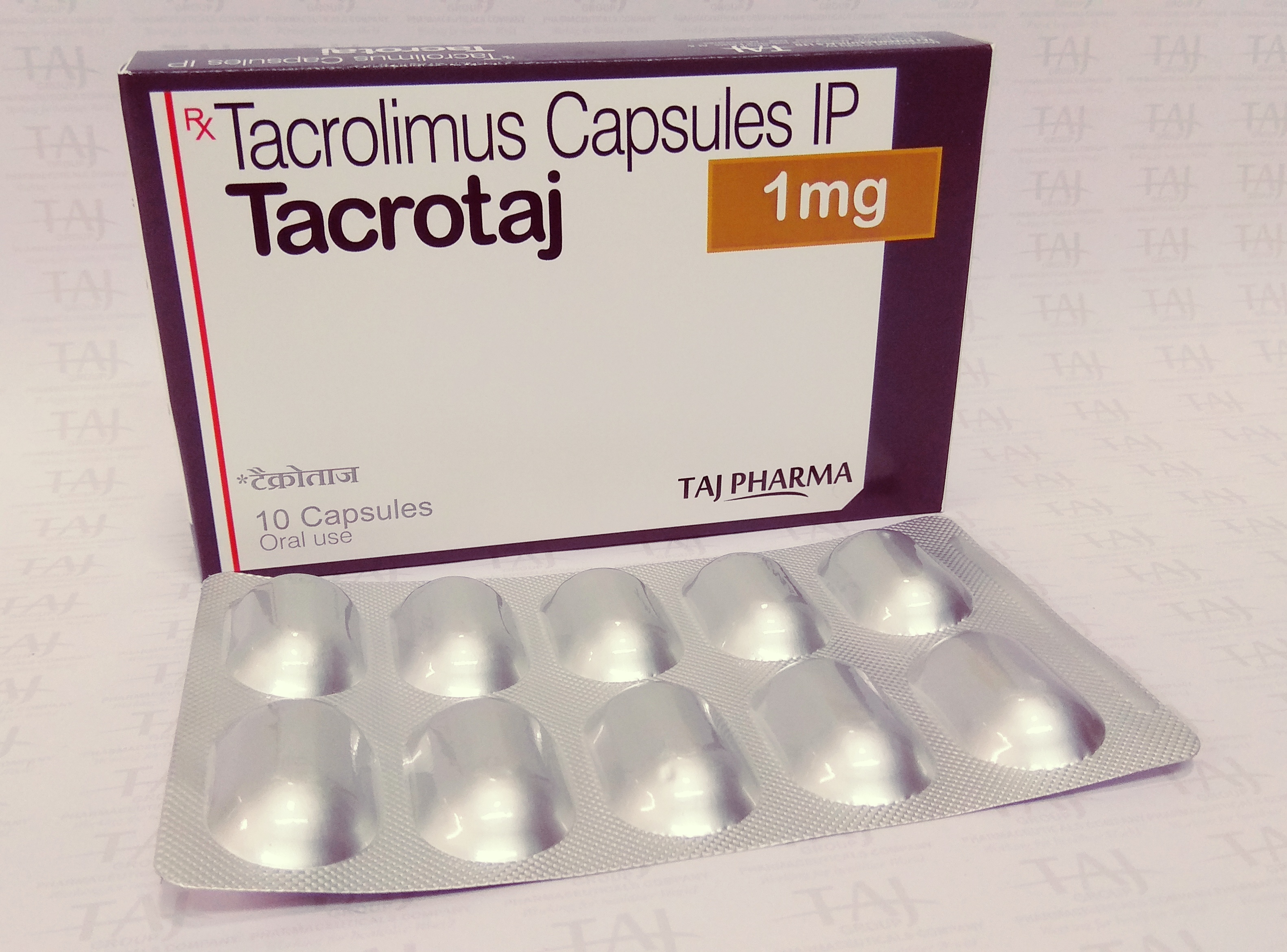How Chemotherapy Drugs Work
More than 100 chemotherapy or chemo drugs are used to treat cancer – either alone or in combination with other drugs or treatments. These drugs are very different in their chemical composition, how they are taken, their usefulness in treating specific forms of cancer, and their side effects.
Chemotherapy works with the cell cycle
Chemotherapy drugs target cells at different phases of the process of forming new cells, called the cell cycle. Understanding how these drugs work helps doctors predict which drugs are likely to work well together. Doctors can also plan how often doses of each drug should be given based on the timing of the cell phases.
Cancer cells tend to form new cells more quickly than normal cells and this makes them a better target for chemotherapy drugs. However, chemo drugs can’t tell the difference between healthy cells and cancer cells. This means normal cells are damaged along with the cancer cells, and this causes side effects. Each time chemo is given, it means trying to find a balance between killing the cancer cells (in order to cure or control the disease) and sparing the normal cells (to lessen side effects).
Types of chemo drugs
Chemo drugs can be grouped by how they work, their chemical structure, and their relationships to other drugs. Some drugs work in more than one way, and may belong to more than one group. (Note: not all chemotherapy drugs are listed here.)
Knowing how the drug works is important in predicting side effects from it. This helps doctors decide which drugs are likely to work well together. If more than one drug will be used, this information also helps them plan exactly when each of the drugs should be given (in which order and how often).
Alkylating agents
Alkylating agents keep the cell from reproducing by damaging its DNA. These drugs work in all phases of the cell cycle and are used to treat many different cancers, including cancers of the lung, breast, and ovary as well as leukemia, lymphoma, Hodgkin disease, multiple myeloma, and sarcoma, .
Because these drugs damage DNA, they can affect the cells of the bone marrow which make new blood cells. In rare cases, this can lead to leukemia. The risk of leukemia from alkylating agents is “dose-dependent,” meaning that the risk is small with lower doses, but goes up as the total amount of the drug used gets higher. The risk of leukemia after getting alkylating agents is highest about 5 to 10 years after treatment.
Examples of alkylating agents include:
• Altretamine
• Busulfan
• Carboplatin
• Carmustine
• Chlorambucil
• Cisplatin
• Cyclophosphamide
• Dacarbazine
• Lomustine
• Melphalan
• Oxaliplatin
• Temozolomide
• Thiotepa
Antimetabolites
Antimetabolites interfere with DNA and RNA growth by substituting for the normal building blocks of RNA and DNA. These agents damage cells during the phase when the cell’s chromosomes are being copied. They are commonly used to treat leukemias, cancers of the breast, ovary, and the intestinal tract, as well as other types of cancer.
Examples of antimetabolites include:
• 5-fluorouracil (5-FU)
• 6-mercaptopurine (6-MP)
• Capecitabine (Xeloda®)
• Cytarabine (Ara-C®)
• Floxuridine
• Fludarabine
• Gemcitabine (Gemzar®)
• Hydroxyurea
• Methotrexate
• Pemetrexed (Alimta®)
Anti-tumor antibiotics
These drugs are not like the antibiotics used to treat infections. They work by changing the DNA inside cancer cells to keep them from growing and multiplying.
Anthracyclines: Anthracyclines are anti-tumor antibiotics that interfere with enzymes involved in copying DNA during the cell cycle. (Enzymes are proteins that start, help, or speed up the rate of chemical reactions in cells.) They are widely used for a variety of cancers.
Examples of anthracyclines include:
• Daunorubicin
• Doxorubicin (Adriamycin®)
• Epirubicin
• Idarubicin
A major concern when giving these drugs is that they can permanently damage the heart if given in high doses. For this reason, lifetime dose limits are often placed on these drugs.
Anti-tumor antibiotics that are not anthracyclines include:
• Actinomycin-D
• Bleomycin
• Mitomycin-C
• Mitoxantrone (also acts as a topoisomerase II inhibitor, see below)
Topoisomerase inhibitors
These drugs interfere with enzymes called topoisomerases, which help separate the strands of DNA so they can be copied. (Enzymes are proteins that cause chemical reactions in living cells.) Topoisomerase inhibitors are used to treat certain leukemias, as well as lung, ovarian, gastrointestinal, and other cancers.
Topoisomerase inhibitors are grouped according to which type of enzyme they affect:
Topoisomerase I inhibitors include:
• Topotecan
• Irinotecan (CPT-11).
Topoisomerase II inhibitors include:
• Etoposide (VP-16)
• Teniposide.
• Mitoxantrone (also acts as an anti-tumor antibiotic)
Topoisomerase II inhibitors can increase the risk of a second cancer – acute myelogenous leukemia (AML) – as early as 2 to 3 years after the drug is given.
Mitotic inhibitors
Mitotic inhibitors are compounds derived from natural products, such as plants. They work by stopping cells from dividing to form new cells but can damage cells in all phases by keeping enzymes from making proteins needed for cell reproduction.
Examples of mitotic inhibitors include:
• Docetaxel
• Estramustine
• Ixabepilone
• Paclitaxel
• Vinblastine
• Vincristine
• Vinorelbine
They are used to treat many different types of cancer including breast, lung, myelomas, lymphomas, and leukemias. These drugs may cause nerve damage, which can limit the amount that can be given.
Corticosteroids
Corticosteroids, often simply called steroids, are natural hormones and hormone-like drugs that are useful in the treatment of many types of cancer, as well as other illnesses. When these drugs are used as part of cancer treatment, they are considered chemotherapy drugs.
Examples of corticosteroids include:
• Prednisone
• Methylprednisolone (Solumedrol®)
• Dexamethasone (Decadron®)
Steroids are also commonly used to help prevent nausea and vomiting caused by chemo. They are used before chemo to help prevent severe allergic reactions, too.
Other chemotherapy drugs
Some chemotherapy drugs act in slightly different ways and do not fit well into any of the other categories.
Examples include drugs like L-asparaginase, which is an enzyme, and the proteosome inhibitor bortezomib (Velcade®).
Other types of drugs used to treat cancer
Other drugs and biological treatments are used to treat cancer, but aren’t considered chemotherapy. They often have less side effects than chemotherapy.. Many are used along with chemo.
Targeted therapies
Targeted therapies attack cancer cells more specifically than traditional chemotherapy drugs. These drugs can be used as part of the main treatment, or they may be used after treatment to keep the cancer under control or keep it from coming back.
To learn more, see Targeted Cancer Therapy.
Differentiating agents
These drugs act on the cancer cells to make them mature into normal cells. Examples include the retinoids, tretinoin (ATRA or Atralin®) and bexarotene (Targretin®), as well as arsenic trioxide (Arsenox®).
Hormone therapy
Drugs in this category are sex hormones, or hormone-like drugs, that are used to slow the growth of breast, prostate, and endometrial (uterine) cancers, which normally grow in response to natural sex hormones in the body. They work by making the cancer cells unable to use the hormone they need to grow, or by preventing the body from making the hormone.
Immunotherapy
Some treatments are given to people with cancer to help their immune systems recognize and attack cancer cells.
There are different types of immunotherapy. For more specific information on these types of drugs see Cancer Immunotherapy.
American Cancer Society medical information is copyrighted material. For reprint requests, please see our Content Usage Policy.
Click here for Download pdf of patient informationClick here for Download pdf of prescribing information





